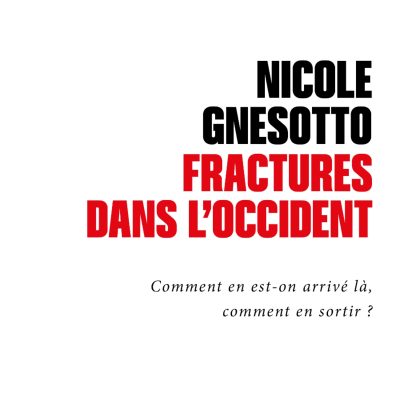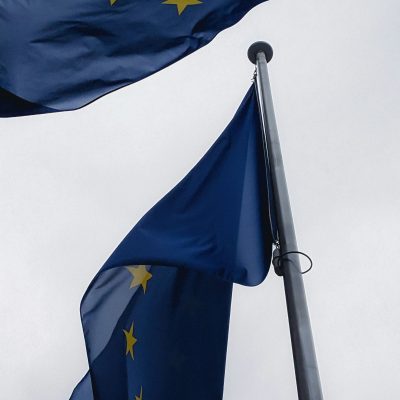Who will the Commission’s next president be? A multiple-choice question

The designation of the President of the European Commission requires a joint agreement on the part of the European Parliament and the European Council and seems to rest neither on the “Westphalia model” (whereby governments alone make the decision) nor on the “Westminster model” (whereby the President is the candidate backed by the party winner of the European elections).
In this context, the objective of this Policy paper by Yves Bertoncini and Thierry Chopin is to analyse the appointments made since 1979 so as to identify the four main criteria likely to prevail during the negotiations currently getting under way:
- A key criterion: The President of the Commission’s party affiliation
- A crucial criterion: the President of the Commission’s personal profile
- A major criterion: the President of the Commission’s country of origin
- From an MCQ to Rubik’s cube: the impact of designations to other European and international posts
Yves Bertoncini and Thierry Chopin conclude their policy paper uderlining that in any event, it is important for the European Council’s and European Parliament’s joint choice to be made clearly, both with regard to its substance (the nature of the criteria adopted) and with regard to its form (transparency in the negotiations and in the voting).





